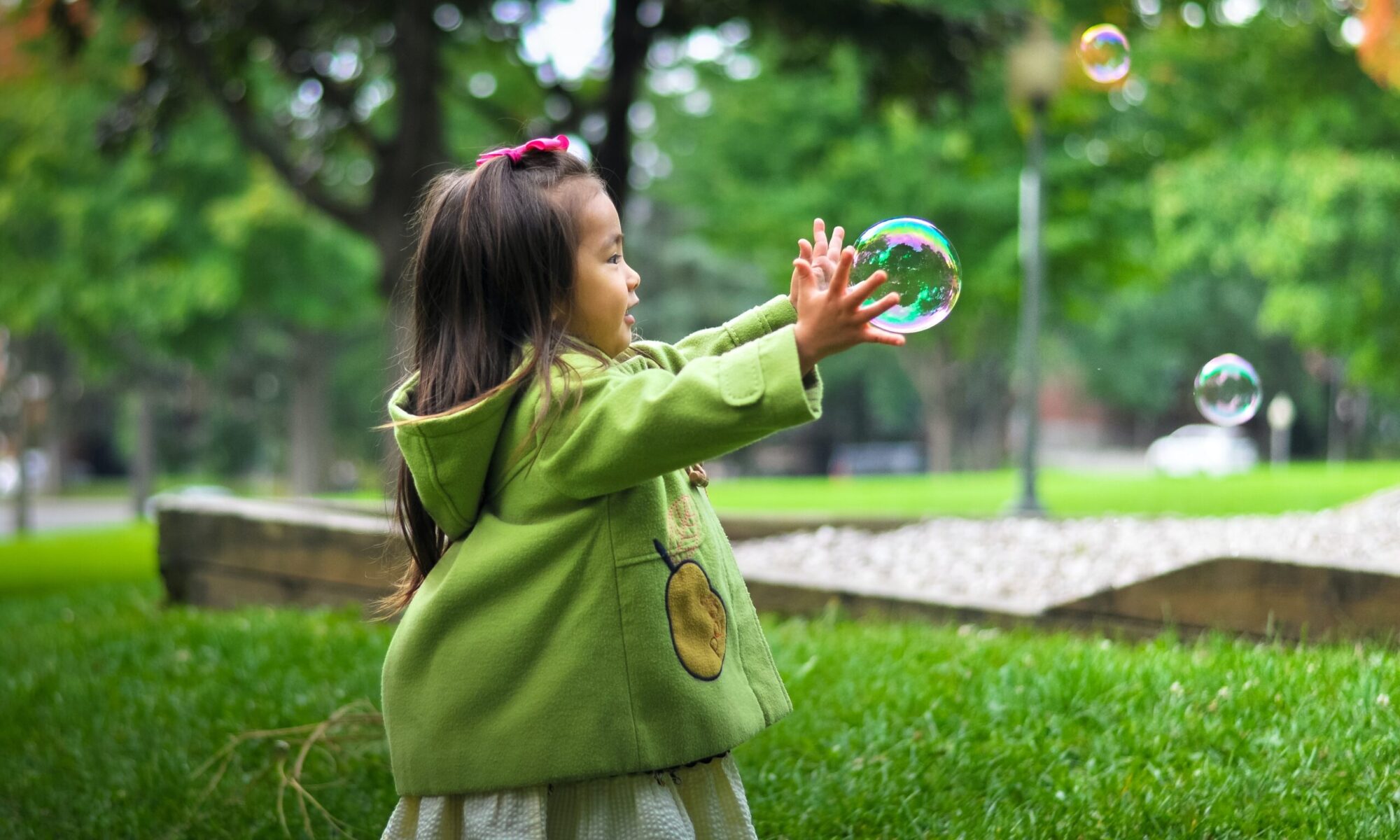Discussing the four seasons is a nice segue from our summer space theme about the earth’s relation to the sun.
Why does it get hotter and colder throughout the year?
Because the Earth is tilted in relation to the Sun!
At certain times during the year your home will get more sun. The days are longer and the nights shorter, this gradually warms up everything around you.
But later in the year the days get shorter (and the nights get longer) and so everything cools down.
This animation is an excellent visualization to understand why.
Vocabulary:
- Equinox: the time of the year when day and night are each 12 hours long and the sun is at the midpoint of the sky.
- March 21 (Spring)
- September 21 (Fall)
- Solstice: when the earth is the most tilted away, or towards the sun.
- June 21 (Summer) longest day of the year
- December 21 (Winter) shortest day of the year
Dressing for the Seasons
Dressing for the seasons is a hands-on activity to combine care of self, sense of touch and the seasons.
Use the wheel spin weather craft.
(instructions on preparing this craft, to come)
For younger children, start with 4 clothing items that are the most obvious for the season, maybe this is: sunglasses, sweater, winter mittens, rain boots.
For older children include additional clothing items to choose from.
Child will dress up in the appropriate clothes for the season the dial lands on.
You can also dress up a stuffed animal (or a parent) to add extra giggles.
Writing a Poem
Five senses poems use your senses to study or investigate a subject. It can be a season, emotion or idea. The focus of the poem is on using similes.
Vocabulary:
- Simile: a simile is a figure of speech involving the comparison between two unlike things using words “like” or “as.” Used to make a description more vivid.
Directions
- Tell what color an emotion or idea looks like to you.
- Tell what the emotion or idea tastes like (imagine it has a taste.)
- Tell what the emotion or idea sounds like.
- Tell what the emotion or idea smells like.
- Tell what the emotion or idea looks like.
- Tell how you feel about the emotion or idea.
Example
Summer is yellow.
It tastes like iced tea.
It sounds like kids splashing in water.
It smells like sunscreen.
It looks like grasshoppers jumping.
I feel happy and hot.
Happiness is everywhere.
It tastes like freshly picked blueberries.
It sounds like belly laughter.
It smells like crisp morning air.
It looks like a smile from ear to ear.
I feel happiness here.
Look forward to seeing your 5 senses poem about your favorite season, remember to tag @maedaymontessori on IG.
